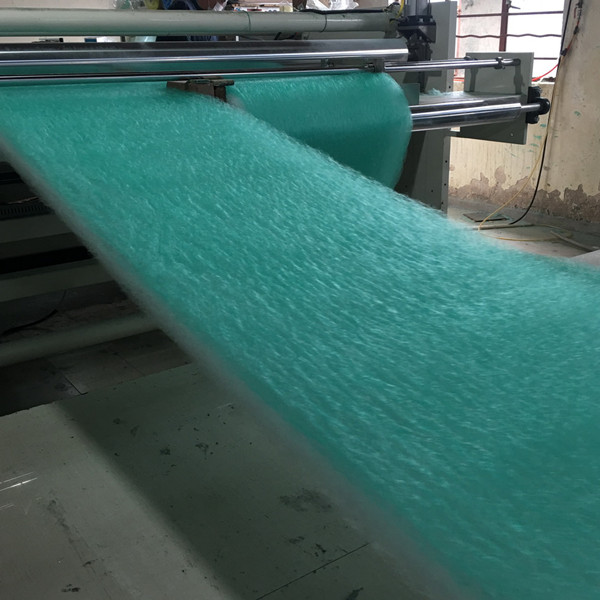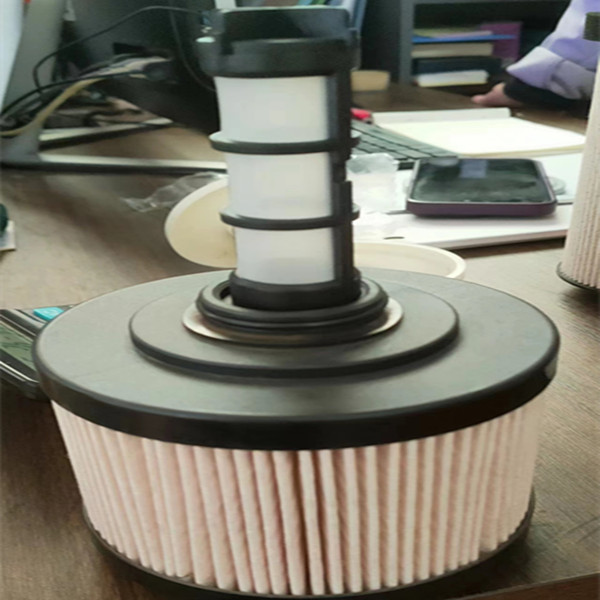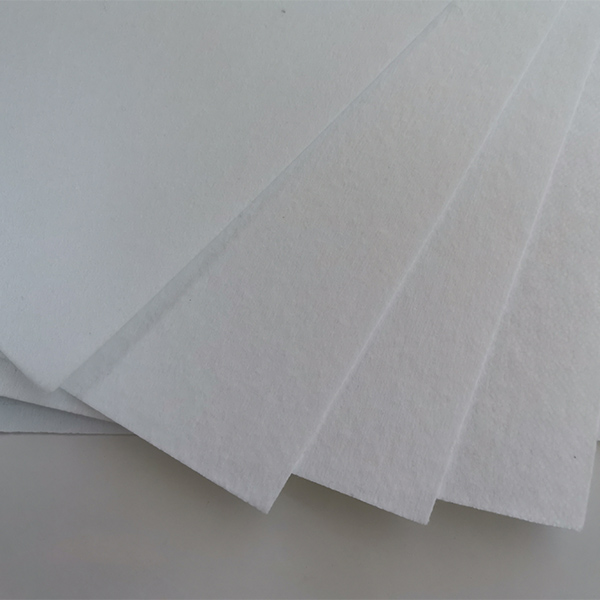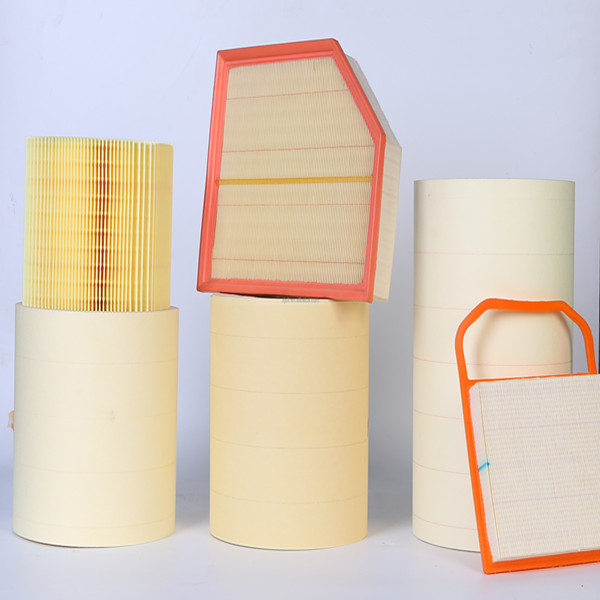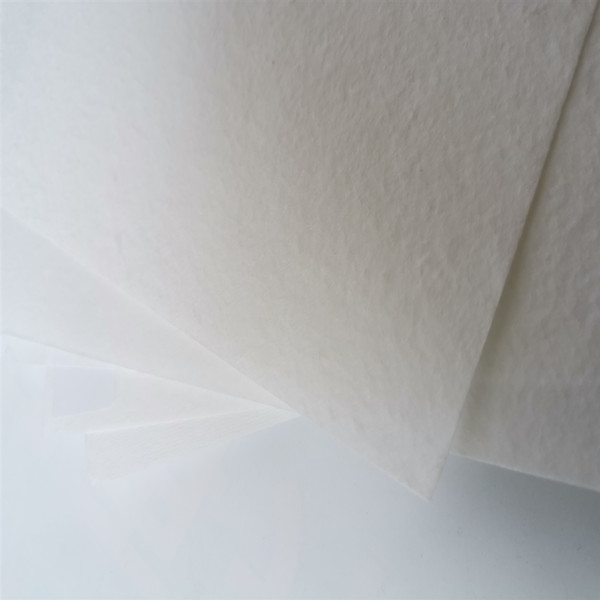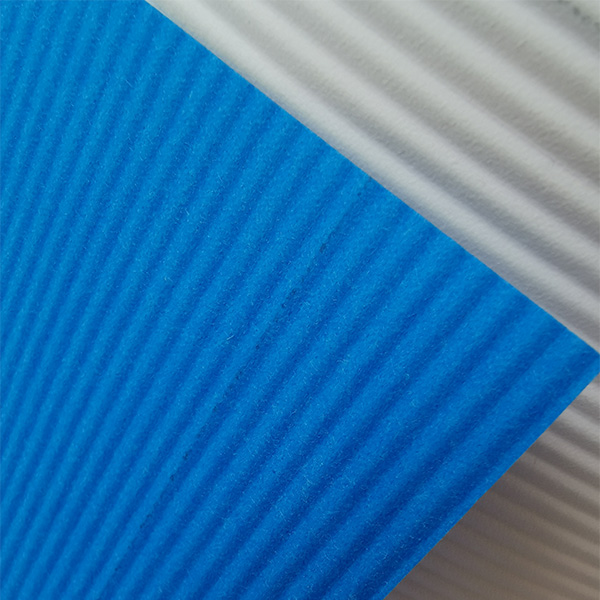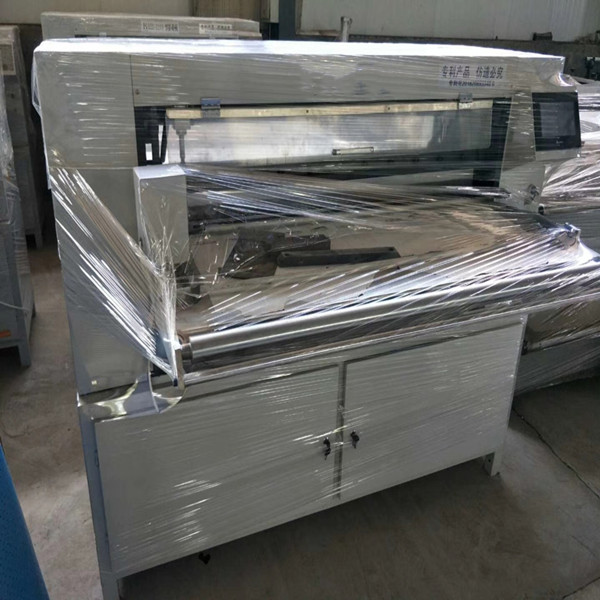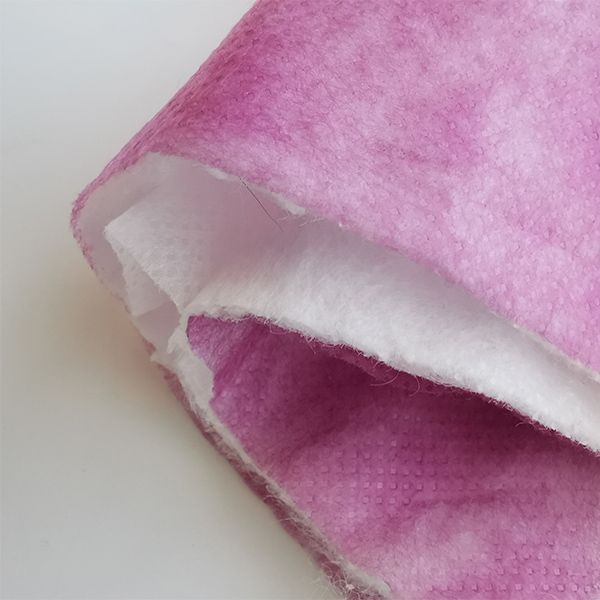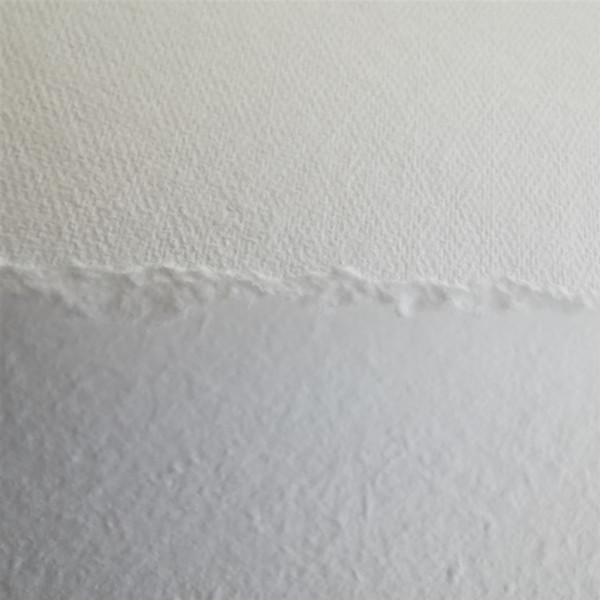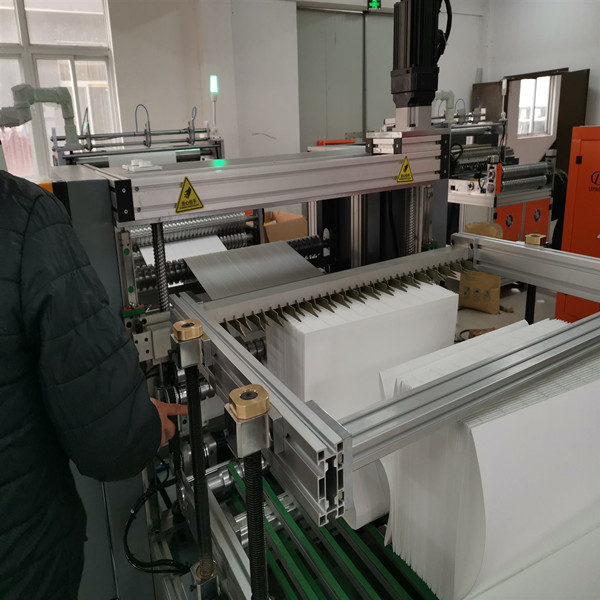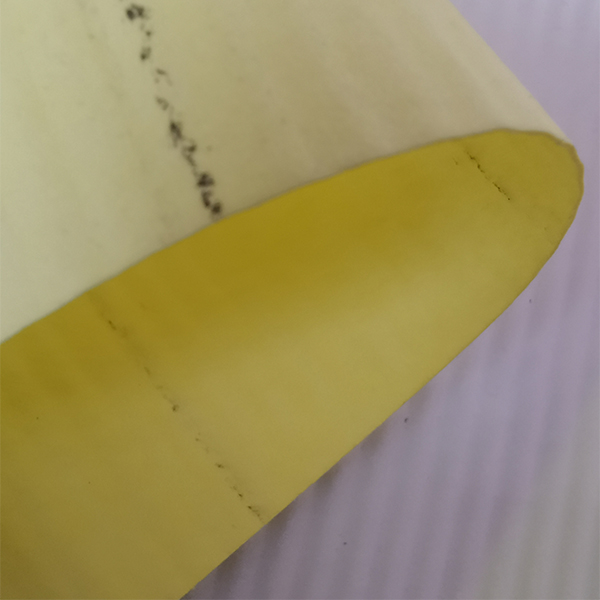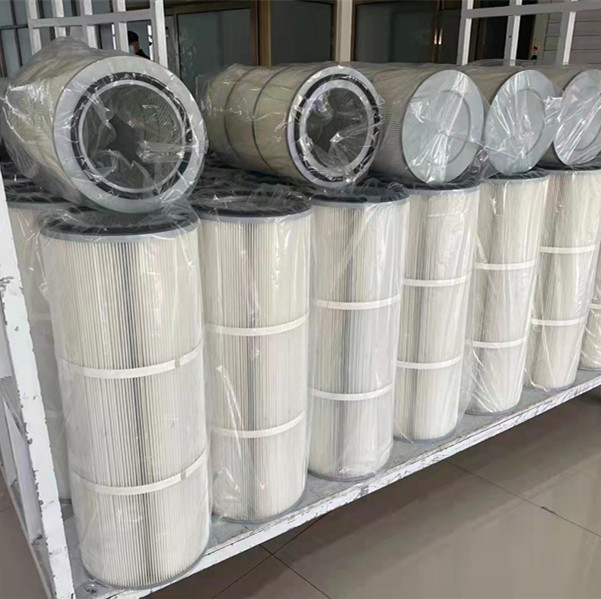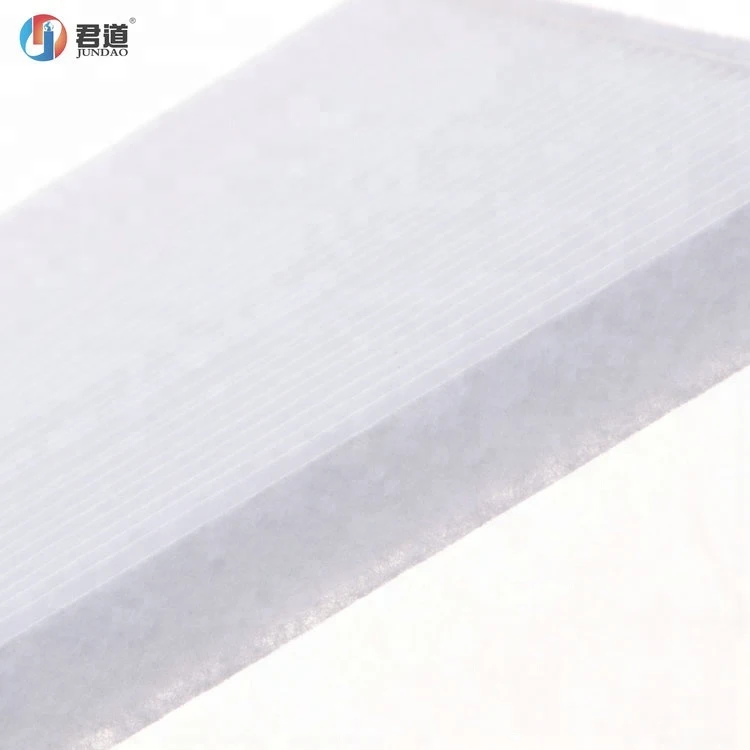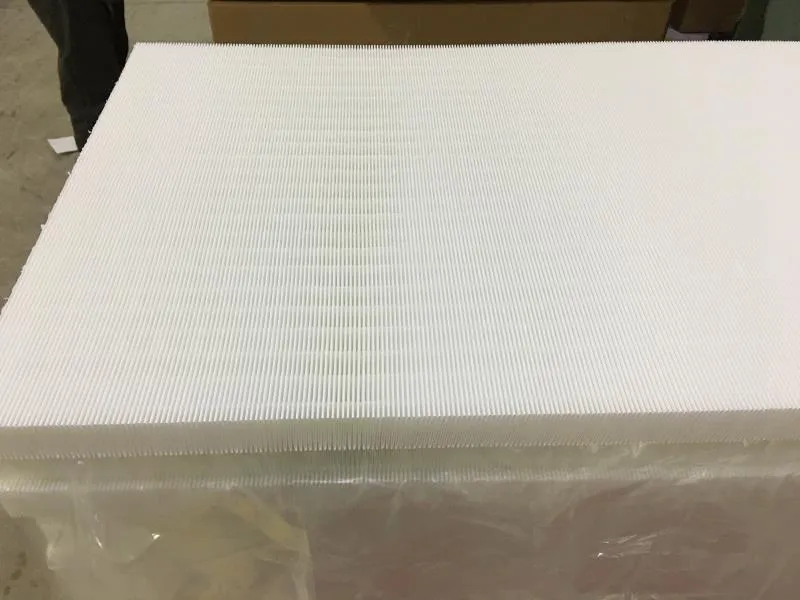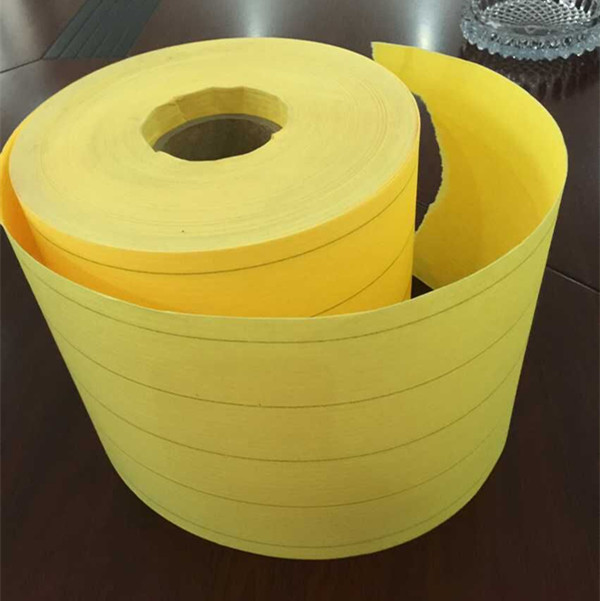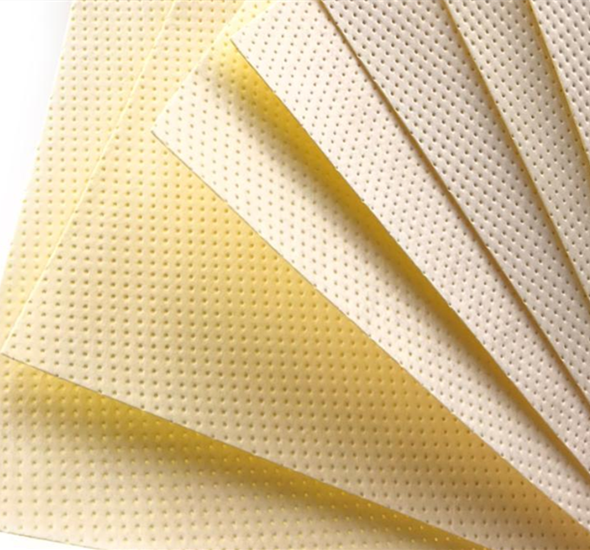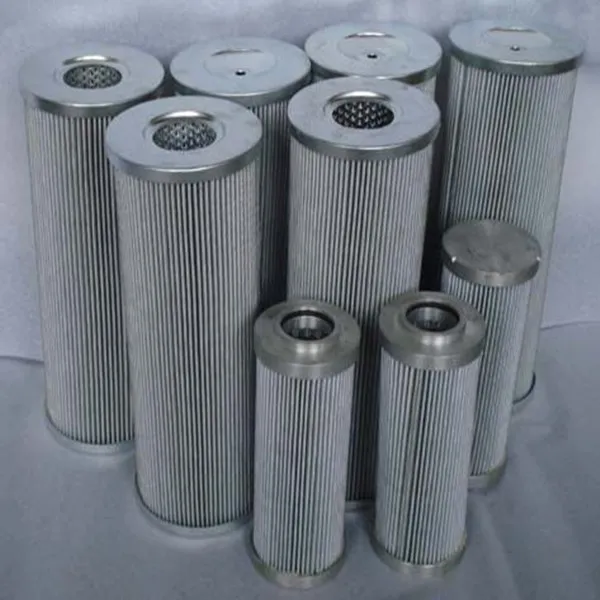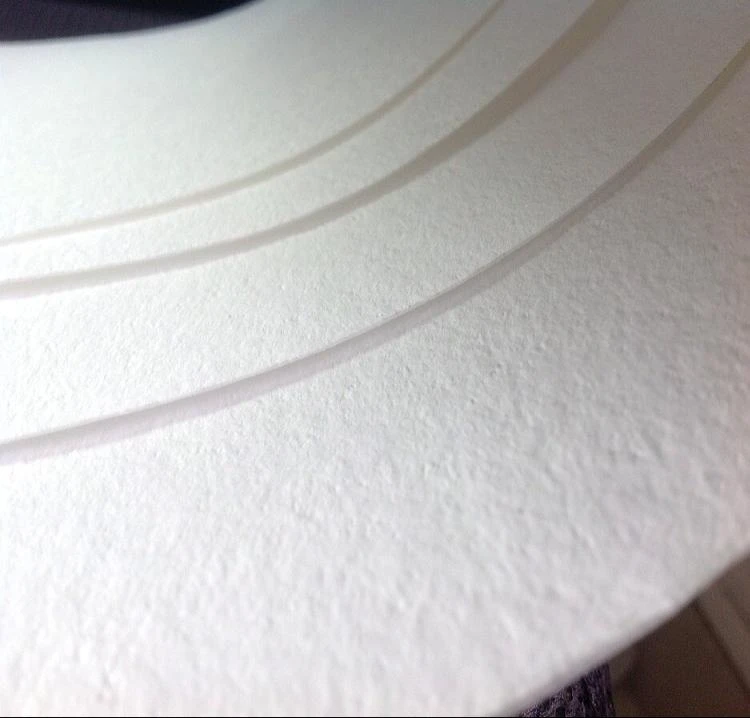Ua lilo nā kaʻa kaʻa kaʻa i wahi huna huna hou no ka maʻi pneumonia lei aliʻi hou, a ua kiʻekiʻe ka pilikia o ka lawe ʻana. Ua nui nā hihia o ka hoʻouna ʻana a me nā maʻi i hoʻokumu ʻia e ka kaʻa kaʻa, kaʻa kaʻa, a me ke kaʻa kaʻaahi. I ka wā o ka pale ʻana a me ka mālama ʻana i ka maʻi maʻi, ma kahi o ka hoʻoikaika ʻana i ka pale ʻana i ka maʻi maʻi a me ka mālama ʻana i ka mālama ʻana i ke kahua kaʻa (e like me ka spacing noho, hōʻemi i nā kūʻai kūʻai tiketi, a me nā mea ʻē aʻe), a me ka hōʻemi ʻana i ka hopena o ka hoʻoili ʻia ʻana o ka maʻi i ka halihali lehulehu, ua lilo ke kaʻa i ke ala palekana o ka huakaʻi.
Akā, he mea lapuwale maoli ka hele ʻana ma ke kaʻa?
ʻO ka ʻoiaʻiʻo, ʻoiai ʻo ke kaʻa ʻana i kahi kaʻa kaʻa hiki ke hōʻemi maikaʻi i ka pili ʻana me nā poʻe maʻi me ka maʻi maʻi maʻi coronary hou i hoʻohālikelike ʻia me nā subways a me nā kaʻa kaʻa, akā no ka mea he wahi paʻa ke kaʻa ponoʻī, inā loaʻa ka mea maʻi i ka maʻi, hiki iā ʻoe ke maʻi. Hoʻonui nui ʻia ka moekolohe. No laila, ʻoiai ʻo ke kaʻa kaʻa ke ala palekana loa o ka lawe ʻana i kekahi ʻano, ʻaʻole pono mākou e haʻalele i nā hana pale e pono ai ke hoʻokele kaʻa. Ma kahi o nā hana palekana i ʻōlelo ʻia ma ʻaneʻi, pono mākou e hōʻemi i ka pilina pili a hoʻomau i ka hoʻohana ʻana i nā masks. Pehea e hoʻoponopono ai i ka pilikia o ka hoʻonui ʻana i ka hoʻoili ʻana o ka ea o ka maʻi i loko o kahi kaʻa kaʻa i pani ʻia mai ke kumu e ʻoi aku ka maikaʻi o ka ʻimi ʻana, no ka mea ʻaʻole kēia i ka wā maʻi maʻi. Pono mākou e noʻonoʻo i nā hana palekana. Ma waho o ka maʻi ahulau, pili pū ka maikaʻi o ka ea o loko o nā kaʻa i ko mākou olakino a me ka hōʻoluʻolu.
How to improve the air quality in the car? In-car air quality has always been the focus of consumers’ attention. The new car quality research (IQS) report of the world’s authoritative research organization J.D. Power shows that car interior odor has become the first dissatisfaction in the Chinese market for many years. The main factors affecting air safety in the car are: 1. Air pollution outside the car. Car exhaust, PM2.5, pollen and other harmful suspended particles sneak into the car through the car window or air conditioning system. 2. Interior materials. There are a large number of non-metallic parts that are easy to volatilize in the car, such as plastic door panels, leather seats, and damping panels. There are 8 common volatile organic compounds in vehicles, and clear limits are given for these 8 substances in the national standard GB/T 27630-2011 “Guidelines for Air Quality Evaluation of Passenger Cars”. Serial number project Restriction requirements (mg/m³)
1 benzene ≤0.11
2 Toluene ≤1.10
3 Xylene ≤1.50
4 Ethylbenzene ≤1.50
5 Styrene ≤0.26
6 formaldehyde ≤0.10
7 Acetaldehyde ≤0.05
8 Acrolein ≤0.05
In order to solve the peculiar smell in the car and improve the air safety in the car, it is necessary to increase the cycle purification link in the closed car environment, and there is no doubt that the car air conditioning filter has become an important responsibility. The car air conditioner provides the original power for the exchange of indoor and outdoor air, but in order to satisfy the purification of the indoor circulating air, the outdoor air enters the car after being filtered. The filter becomes an essential artifact for the car owner! The small body shows great power, creating a safe and reliable space in the car, allowing car owners to enjoy healthy breathing at all times. Editor’s reminder: In order to avoid secondary pollution of the car air conditioner filter, generally speaking, it should be replaced after two to three months of use (the specific replacement frequency can be considered according to the actual frequency of use)

